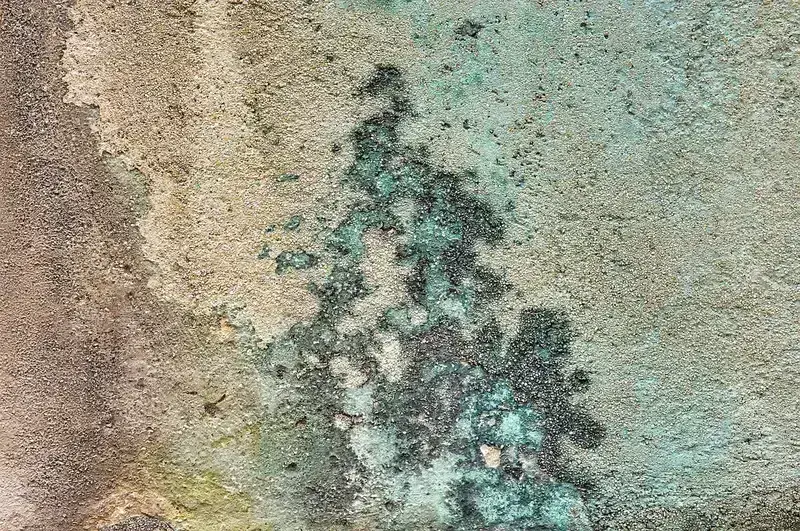Concrete – A wonderful material, without which the construction industry cannot be imagined. However, it is not without its flaws. One of the biggest problems that materials scientists have been battling for years is its brittleness. The thing is, concrete lacks high tensile strength. Therefore, it is prone to cracking under load.
One of the solutions to this problem has been the development of concrete that can heal its own cracks. A team of researchers led by mechanical engineer Congruity Grace Jin from Texas A&M University has invented concrete that heals its cracks using the power of synthesized lichen.
According to scientists, the invention surpasses all previous attempts to create “living” concrete that self-repairs using bacteria. Most importantly, this new type of material is completely self-sufficient.
“Self-healing concrete under the influence of” microbes “It has been widely studied for over three decades. However, there was one significant limitation: none of the self-repair approaches were fully autonomous. And for the continuous production of renewable materials, an external source of nutrients is required,” said the research leader.
The lengthy search for “living” concrete using bacteria required engineers to manually spray nutrients to encourage the organisms to repair damaged concrete. However, the authors of a new study have taken a step further from this solution.

Lichen as a panacea
Ultimately, scientists turned to lichens, the publication reported. Science Alert According to materials scientists, lichens are not separate organisms, but rather “examples of symbiotic partnerships between fungi and cyanobacteria or algae.”
The team developed a lichen using cyanobacteria that absorb carbon dioxide and nitrogen from the atmosphere, as well as a filamentous fungus that attracts ionized particles. calcium and contributes to the deposition of a large amount of calcium carbonate (the material from which eggshells and marine shells are formed).
During laboratory tests, this lichen contributed to the restoration of concrete by depositing a large amount of calcium carbonate, sealing the crack and preventing it from spreading further.
By the way, unlike bacteria Lichen does not require fertilization or care: it simply does its job.
Thus, the inventors have found a way to extend the lifespan of a material that has become vital for humanity.
The results of the study were published by the journal Materials Today Communications.
